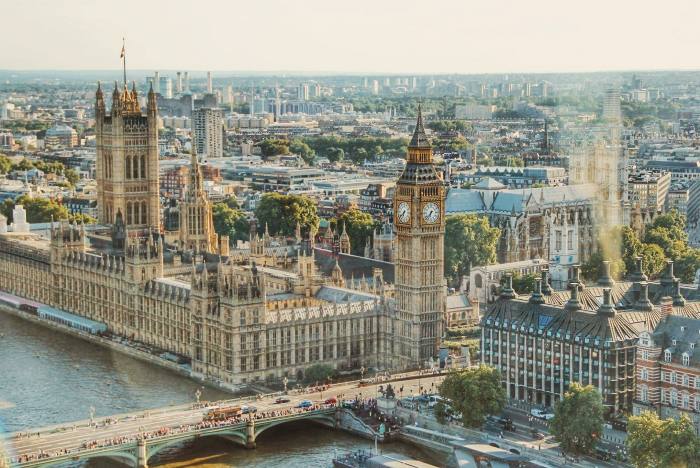
Calling the shape of the economy post-Covid has become a cottage industry.
While one of the understandably most popular options, the rosy “V-shape” recovery, is firmly out of the race by now, several contenders remain: our favourite one is the “swoosh”, where slow growth follows a spectacular but mechanical rebound, a scary one is the “W”, in which the economy goes through a rapid succession of recessions driven by the pandemic waves.
Another one has emerged more recently, the “K” trajectory in which sectors follow divergent paths, with some industries, directly hit by the administrative restrictions to activity, relapsing in contraction - possibly for a very long time - while others thrive in the new environment, and actually emerge better off than before.
Let’s start with a short obituary for the “V-shape”.
We never believed in it. It was based on the notion that no resurgence in the pandemic would force a resumption in activity curtailment – we now know this did not happen – but also on the absence of second-round, demand side effects.
In our opinion, even without a re-acceleration in infection rates, the economy would have softened towards the end of the year. The labour market and household income had been massively protected immediately during the first wave by governments.
If the pandemic had been permanently kept in check, these very costly schemes would have been phased out quickly, opening the door to, at least transitorily, a rise in unemployment, catching up with the permanently lost output of the first wave, which would have stood in the way of a full normalisation in consumption.
Debt trap
Moreover, businesses dealt with the first wave of the pandemic by raising their debt massively. These loans were not the counterpart of investment decisions which would have boosted future economic activity but were merely there to offset firms’ disappearing cash flow.
Even if these loans were contracted at very low interest rates, the magnitude of the accumulated debt would have probably made businesses quite cautious on their capital expenditure post-Covid, focusing instead on restoring their financial health.
We note that in many developed countries the deterioration in economic sentiment towards the end of the summer pre-dates the resumption of tough virus-containment measures. In the US, the labour market stalled after a spectacular rebound in late spring.
New jobless claims are, of course, not as high as they had been in March and April, but week after week they have remained significantly above the levels last seen during the Great Recession of 2007-2009.
In the Euro area, the business surveys in the services sectors were pointing to a relapse already in September.
These developments are consistent with a “swoosh”, with the global economy settling for mediocrity towards the winter, but even worse, the very latest dataflow raises the probability of a “W” shape trajectory. A negative print for Q4 GDP is unfortunately plausible in several European countries.





